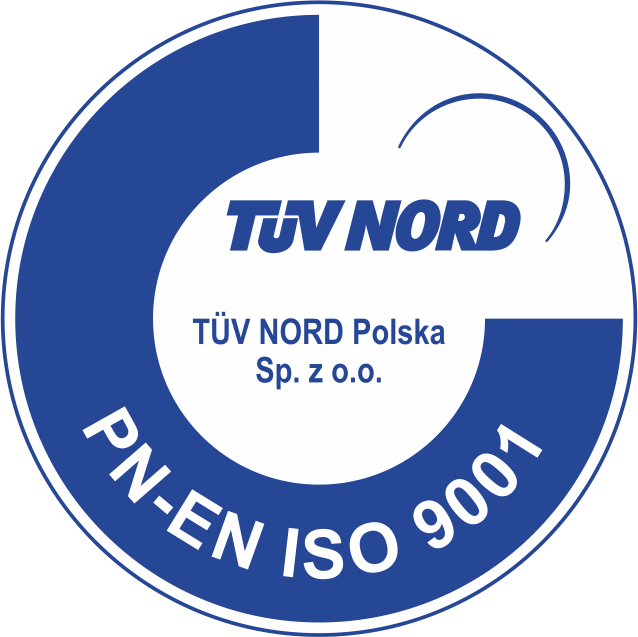Less wasted staff time
Compared with an electronic document management system, spending anything more than a few seconds looking for a document is wasted time. For high document volumes, reducing the time spent retrieving documents from filing cabinets, or waiting for them to be transferred from other buildings or branches, can equate to tangible productivity improvements per employee per year. Searching for documents that cannot be found incurs further costs in requesting or producing new copies. Faster document retrieval keeps your customers waiting less time.
Reduced document handling overhead
Handling paper entails cost, as well as time. By moving to an electronic document management system you can significantly rationalise your paper copying, printing, faxing and postage overhead. In addition, you can also expect to make savings through reduced storage. In some cases, organisations are able to reduce their leasehold portfolio, avoid renting extra storage space or eliminate paper storage requirements when looking at new premises. Depending on your circumstances, the return on investment of an electronic document management system can range from 18 down to under 6 months.
Improved information sharing and collaboration
The getsix® electronic document management system based on Microsoft SharePoint makes information sharing and collaboration a lot easier. Documents captured from paper, fax or email are stored in a secure, central repository with access possible from any web-enabled location. This not only enables you to reduce copying, printing and postal costs, but allows you to share documents with staff at other sites, remote partners, agents and collaborators. Documents can be pulled up on-screen in seconds to improve response to customer or supplier telephone enquiries, and any number of people can access and work on the same document simultaneously. Faster, shared access to documents enables a faster response and quicker decisions.
Reduced risk
Paper documents go missing. They can also become illegible over time, or get damaged or destroyed. None of this is good news for risk management and compliance. Electronic document management systems are able to digitise and archive copies of documents at the point of entry into the organisation. Not only does this improve your disaster recovery, but with an automatic audit trail, you can meet the compliance requirements for a high volume of documents with minimum effort. Documents are highly traceable and can be tagged against a range of document retention criteria allowing you to set up automated alerts and reminders.
Enable electronic document workflows
Electronic documents enable electronic document workflows. This means documents can be automatically recognised and routed according to pre-defined workflow rules. Electronic document workflows give greater visibility to respective business processes, allowing you to monitor the volume of documents in a workflow, check their status, balance workloads or identify potential bottlenecks.
Key Benefits of Document Management
- Substantial improvement in document security due to superior user access control;
- Documents can be shared and used on common platform by authorised users;
- It’s a real-time application which gives access to the user to change and modify the document using inline editor;
- Multiple versions of a document;
- It helps to manage documents in advanced workflows which mean organisation can upload documents and automate business processes to increase efficiency and cut costs and time;
- Superior search features gives user to find and access necessary document easily;
- Management can view reports on any particular document on its usage by organisational users;
- Optimised usage of data storage devices throughout the organisation;
- Improved accessibility to documents throughout the organisation;
- Superior compliance with existing local and federal data security laws.















